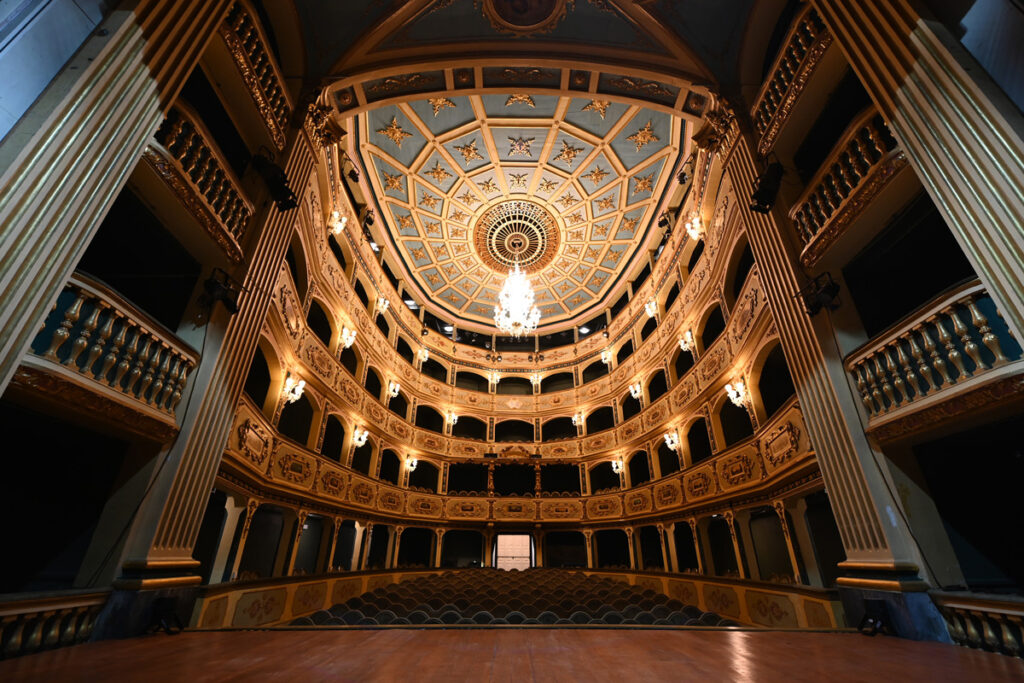Malta is a veritable cultural treasure trove where one cannot help feeling that every step is steeped in living, breathing history. Valletta, the Three Cities, Mdina, and Gozo’s Cittadella are often described as open-air museums, best explored with a knowledgeable guide who can interpret the centuries-old tales sung by the very stone.
Once referred to as a floating fortress, Malta also holds innumerable wonders for fans of military history. It is nothing less than a showcase of the development of siege warfare over the latter half of the last millennium, from the Great Siege by the Ottoman Empire in 1565 to the blockade of Napoleon’s forces between 1798 and 1800, and culminating in the horror of World War II. The blitz rained upon Malta saw it take the dubious honour of being the most heavily bombed place on Earth, with the population’s steadfast stoicism being rewarded with the George Cross that graces the Maltese flag to this day.
The Neolithic temples that are found across the islands are older than Stonehenge and the Pyramids of Egypt. In fact, the Maltese megaliths are the second-oldest freestanding structures created by human hands on the planet, and are collectively recognised as UNESCO World Heritage Sites. Precisely calibrated to the movement of the skies, with particular openings designed to capture the solstices, exactly how the islands’ Neolithic inhabitants were able to transport the huge stones and construct the complex structures remains a puzzle that fascinates researchers and captures the imagination of all who lay eyes on them.

Malta is a place that continues to unveil delights for those who delve deeper into the wealth of experiences it presents – a sentiment echoed by both locals and foreign residents who discover new reasons to be entranced by the country year after year. Enigmatic cart ruts from prehistoric times crisscross the islands, troglodyte cave dwellings coexist with the remains of Bronze Age settlements and Phoenician tombs lie adjacent to ancient Roman roads.
History lies underwater too. Divers of all skill levels will find a plethora of sites in what has been dubbed ‘a wreck diver’s paradise’. With over 60 accessible sinkings, including World War II destroyers, ferries and oil tankers, many serving as homes to diverse marine life, the underwater world is a captivating realm. In 2023, the world’s first deepwater archaeological site was inaugurated off Gozo, providing advanced and technical divers a unique opportunity to witness the remains of ancient shipwrecks and the treasures they once carried.
Those interested in churches are in luck. There are said to be 365 churches in Malta – enough to visit a different one every day of the year. From small medieval buildings to grandiose Baroque constructions, the churches in Malta are a delight to discover.
The village feasts dedicated to the patron saint of each parish, running all summer long, also draw a lot of interest. From the street decorations to the pageantry, the festa is the culmination of village life, a captivating mix of sacred and profane elements that delights all who witness the spectacle. No feast is complete without an exquisite fireworks show (or two, three, or more), events that draw large crowds as the town or village square transforms into a pedestrian haven, filled with food, drinks, and the cheerful company of friends.
As for art, Malta is perhaps best known for Caravaggio’s masterpieces, which adorn the magnificent Co-Cathedral of St John. These iconic works establish Malta as a significant destination in the art world, but there is plenty more to explore, with museums like MUŻA and MICAS showcasing works that can awe the most fastidious of connoisseurs.
The cultural calendar is also full of events and festivals that bring top local and foreign acts in the music and theatre scenes to perform in Malta. You can read more about these events here.













